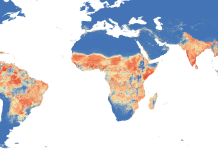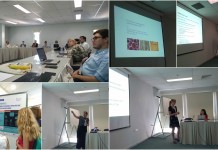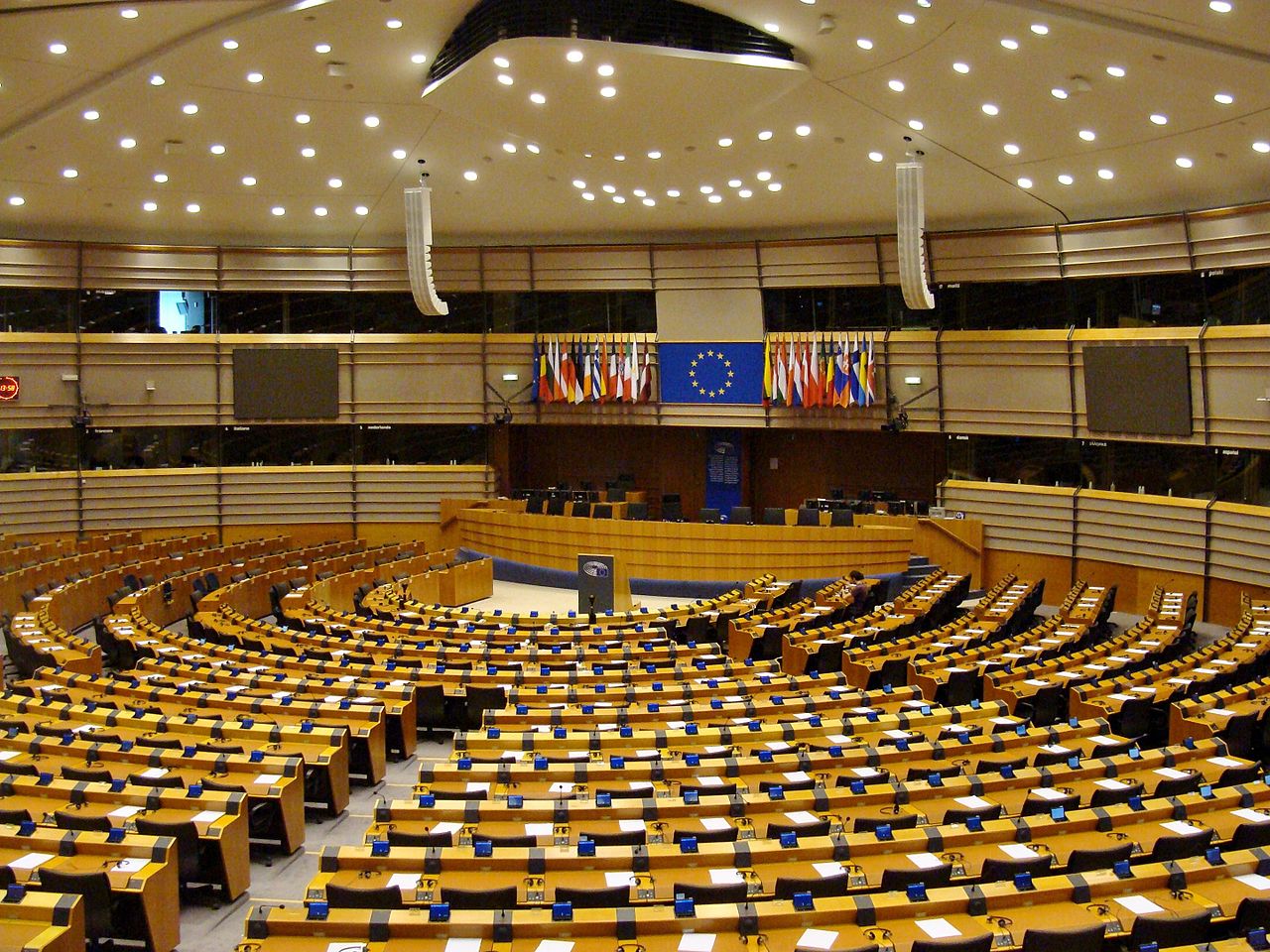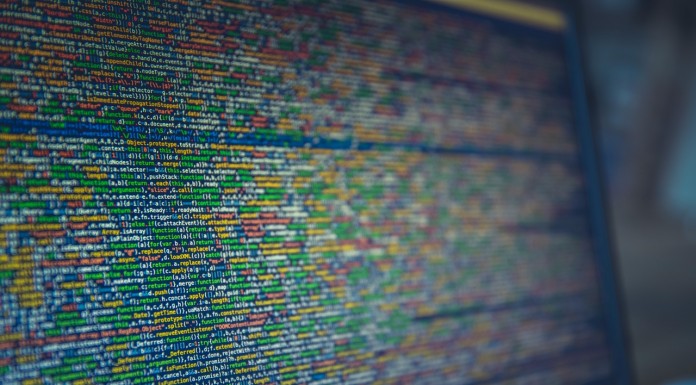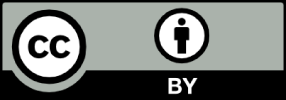On 6 February 2017, the Committee on Culture and Education (hereafter: CULT) published its draft opinion on the recently proposed directive on copyright in the Digital Single Market. The Committee proposes many amendments covering most of the proposal's provisions. Evidently, we are particularly interested in the amendments that touch upon the text and data mining (TDM) exception in this proposal. As the European Commission, CULT is concerned with the legal uncertainty surrounding TDM activities. However, while the Commission's emphasis was on the uncertainty from the viewpoint of TDM researchers, CULT rather focuses on reducing the risk of harm for rightholders as a consequence of this exception. This echoes through in the amendments put forward by the committee rapporteur. In this post, I will elaborate on these amendments and their possible impact on the scope of the TDM exception.
1. "Acquired" lawful access
In the Commission's proposal, TDM activities are exempted in the case research organisations "have lawful access". What CULT suggests is an addition of the word "acquired", changing this into "have acquired lawful access" (Amendment 43). The reason for this: it is "necessary to underline how the works subject to text and data mining have been obtained". However, the effect may be counterproductive. While 'having lawful access' can be easily explained as having access to works with permission from the author or the law, the word 'acquired' adds a layer of unclarity: when is something 'acquired'? It implies that some sort of transaction or request for access must have taken place. Does this mean that the exception only covers sources to which a TDM user is actively subscribed, such as a publisher's database through the university? At the same time, does this also mean that mining of every other work that is freely accessible - and put online with the consent of the rightholders - is not covered by the exception, since no bilateral relationship exists? Legal certainty does not seem to be enhanced through the mentioned amendment, while it is more certain that it will restrict the scope of the exception to a considerable extent.
2. No retention
Another amendment (44) adds a paragraph to the TDM exception, obliging researchers to delete every reproduction of the works, when the TDM activities necessary to carry out the scientific research are completed. While it already followed from the original text that reproductions may only be made for TDM purposes and not be disseminated (or used) for other purposes, it seems that CULT found it necessary to make this explicit. The question is whether this particular explication promotes legal certainty, since more emphasis is now put on the 'completion' of research. This seems to exclude the retention of copies for the purpose of a future scientific research. What is more, it ignores one of the crucial elements of proper scientific research: that research is reproducible and verifiable. This aspect needs serious attention when the TDM exception is being reformulated. While the Commission's text left some room for interpretation allowing for the retention of reproduction for the reproducibility of that same research, the text proposed by CULT seems to take away such room.
Hence, while the current exception was not entirely clear on the lawfulness of the retention of copies, neither does this addition; at the same time, it seems to narrow the scope of the TDM exception.
3. Proportionate technical measures
Amendment 45 adds a proportionality requirement to the use of measures to ensure the security and integrity of the rightholders' networks and databases. The original text of the exception permitted every measure in this context as long as it did "not go beyond what is necessary to achieve that objective", which did not take into account any balancing of interests of other stakeholders, most notably TDM researchers. The amended text requires that such measures are 'proportionate', suggesting that users' rights must also be taken into account. This is also confirmed by the fact that CULT suggests to add that these security measures "shall not prevent research organisations from enjoying the [TDM] exception".
The balancing of rights and interests is still left to a case-by-case assessment, which adds to the legal uncertainty as regards the lawfulness of applied security measures - both from the viewpoint of the users and the rightholders. It is questionable whether the obligation on Member States to "encourage rightholders and research organisations to define commonly-agreed best practices" concerning these measures will help in this regard. Nevertheless, the introduction of a proportionality test might be one step forward to a fair equilibrium between the interests of rightholders and users.
4. Fair compensation
To reduce the risk of harm to rightholders, CULT also put forward a new paragraph introducing a "fair compensation" right for any rightholders' harm. The Committee assumes that the TDM exception will "increase demand" - although it remains unclear to what and why - and therefore rightholders need to make investments to satisfy this demand. This compensation right impacts the TDM exception in two ways.
First, it may be interpreted as confirming that the "acquired lawful access", as discussed under paragraph 1, indeed requires some sort of bilateral relationship between the TDM researcher and the rightholder. This would be the case if the payable compensation assumes that there is some relationship between the user and the rightholder, that would enable the payment of such remuneration. This would drastically limit the scope of that exception, excluding a lot of freely accessible works on the Internet for which researchers are left with uncertainty on the lawfulness of mining them. It would be different if such compensation is to be paid through a collective rights management mechanism, which does not require a bilateral relationship between users and rightholders. In that case, other problems arise: relevant rightholders (everyone putting content online?) need to be identified and an allocation model must be established, taking into account whose works are mined and in what proportions. Depending on the final scope of the TDM exception, this could be a very difficult, if not impossible, task.
Second, the arguments for the compensation right are rather peculiar to copyright law. CULT accurately argues that copyright exceptions normally come with a compensation right, when it causes rightholders to incur harm from such an exception as they miss out on income from exploitation of works. However, CULT's further reasoning is rather peculiar to copyright law: it seeks to compensate harm deriving from extra investments, rather than missed out exploitation revenues. Whether the introduction would really lead to higher demand and increased investments for rightholders is uncertain - more empirical evidence is necessary. However, if for the sake of argument we presume this will be the case, it does not seem a form of 'harm' that is to be compensated by a compensation right under copyright law, since it does not relate to missed out exploitation opportunities. The lawful access requirement allows possibilities to charge more for access if increased investments are really necessary.
Conclusion
The amendments put forward by CULT are largely aimed at providing more legal certainty to rightholders. It is arguable whether CULT is thereby able to achieve its own goal. At the same time, the amended texts seem to narrow the scope and possible effectiveness of the TDM exception, as TDM researchers may be left with even more questions and uncertainty than the original text did. The compensation right seeks to provide more economic return to rightholder, but the need for such right needs more empirical evidence, while its rationale is rather flawed from the perspective of copyright. Further, the introduction of a proportionality test for the use of security measures seems a big plus for the balance between users and rightholders, although more certainty is necessary to prevent any imbalance in a future implementation of the TDM exception.
Info on featured image at the top:
License: CC-BY-SA
By: Paasikivi
Source: here
// All blog posts are the personal opinion of the bloggers. For more information see FutureTDM's DISCLAIMER on how we handle the blog. //




